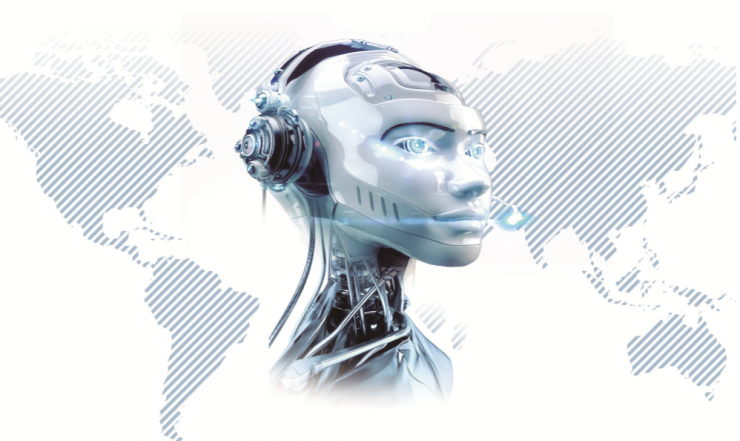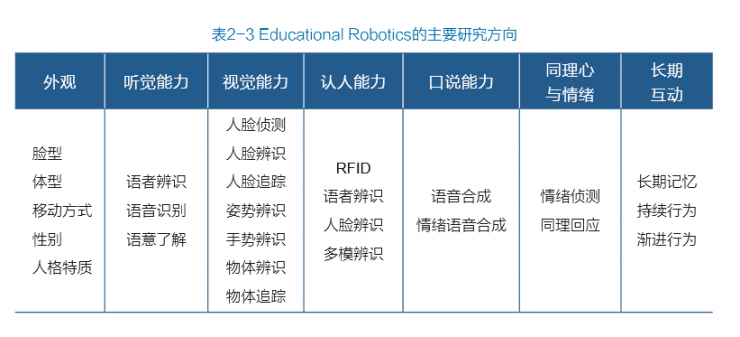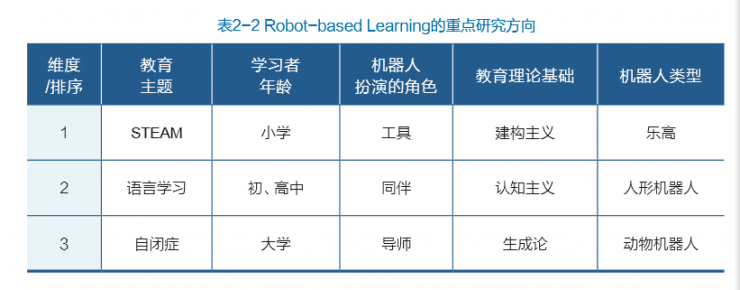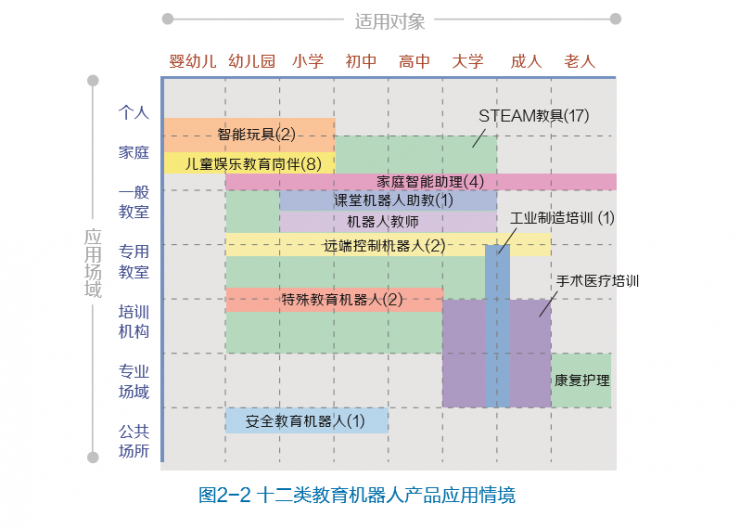
With the rapid development of science and technology, robots that are out of reach have also entered the homes of ordinary people. Robots have been integrated into our work and life from all angles, not only industrial substitution of labor, household robots have gradually received users. Incorruptible, the cost of using robots is getting lower and lower. So, robots can be said to represent the future to some extent. In many areas where robots are subdivided, the role of educational robots is also increasingly important.
Recently, the Beijing Normal University’s Institute of Smart Learning officially released the 2016 White Paper on the Development of Global Educational Robotics (hereinafter referred to as “White Paperâ€). This is the first white paper in the world published by educational authorities for the field of educational robots. The "White Paper" points out that education robots involve the "service robot in education industry" and "adolescent robot education". It will become the third largest robot development field after industrial robots and service robots.
According to the data in the White Paper, the research on educational robots has been rising rapidly in the past decade. Since 2006, 480 educational and robot-related academic papers have been published in the core international scientific network.

Picture source: 2016 Global Education Robot Development White Paper
research directionThe White Paper pointed out that research on educational robots is a cross-cutting research covering computer science, pedagogy, automatic control, mechanics, materials science, psychology, and optics. The White Paper summarizes the research area into two categories: Education Oriented and Computer Science Oriented.
Among them, education-oriented research focuses on the application of robots in education, including robot education or programming education for STEAM education, and application service robots for teaching various subject subjects, called Robot-based Learning; computer science-oriented research may be used in Robotics in education is called Educational Robotics. And listed the research direction of the two major categories.


Picture source: 2016 Global Education Robot Development White Paper
Industry Chain FrameworkAccording to the White Paper, with reference to the development history of computers and mobile phones, the development of the education robot industry chain is about seven types. Hardware vendors are responsible for hardware manufacturing, assembly and testing; system platform developers are responsible for human-computer interaction; content supply. The contents of the teaching required for the exclusive or general-purpose applications provided by the business... From the perspective of the entire industry chain, the development of the industrial chain of educational robots will be similar to the development of notebooks.

However, at present, the members of the educational robot industry chain have not yet entered a state of highly sophisticated division of labor. In the future, with the expansion of market demand, the division of labor and positioning will become more clear.
Market analysisThe "White Paper" also collected related products of the global education robot. Based on the applicable objects and application fields of the products, 12 kinds of education robot products applied to different situations were combed, and the development status of the global education robot market was elaborated.
Judging from the market development situation, educational robot products are mainly concentrated in the functions of accompanying companies, assistants, teaching aids, and caregivers. Among them, the majority of products are conceptual and the development potential is diversified.

Picture source: 2016 Global Education Robot Development White Paper
The White Paper predicts that the market size of global educational robots will reach 11.1 billion U.S. dollars over the next five years. Among them, the growth of the education service robot market will occupy an important role, and its service and content revenue may account for more than 77% of the market as a whole. With the continuous development of educational robots, discipline restrictions in traditional teaching will gradually be broken, and robots will bring new models to the education industry.
Click here to download the complete "Education Robot White Paper Lite - Abstract Edition"
Appendix: Ten conclusions of educational robot white paper
1. Educational robots involve the "service robots in the education industry" and "adolescent robot education". They will become the third category of robots after industrial robots and service robots. Robots in the education field will enhance or extend the teacher's expression skills, knowledge processing capabilities, and communication skills; robotics education will arouse students' interest in and motivation for learning smart technologies, and will greatly increase students’ information technology capabilities and enhance competition in the digital age. ability.
2. Workers' mechanical labor on the production line is gradually being replaced by robots. The development of industrial robots has basically matured; service robots such as meeting welcome, restaurant services, and remote customer service have gradually been accepted by the public, and service robots are in the process of rapid development. The robotics courses and robot competitions that are generally carried out in primary and secondary schools have laid a good cognitive foundation for the development of educational robots. In the field of education, service robot research that can enhance or replace some of the teachers’ functions is still in its infancy.
3. In the field of global research on educational robots, according to an international authoritative literature database, the countries with the highest number of cited documents are the United States, Switzerland, Italy, Japan, and the United Kingdom. The research focuses on robot education, language education, and special education. In the "robots into the classroom", Japan and South Korea are relatively widely used.
4. Educational robots in schools should become an important part of the smart learning environment. As a teacher assistant to support the use of teaching equipment, provide learning content, manage the learning process, answer common questions, etc., as learning partners to assist in time and task management, sharing learning resources, activate learning atmosphere, participate in or guide learning interaction, and form a new type of teaching form .
5. With the growing emphasis on family education and the rise of "homeschooling" around the world, educational robots may be able to serve as companions or tutors and become "members of the family" to help "homeschooling" and promote children's learning. Development and healthy growth.
6. In addition to the nursing and rehabilitation functions of the elderly in the family, the robot can also provide emotional companionship and intellectual support for the elderly through the role of family members or friends, delay the cognitive aging process of the elderly, and prevent other related diseases. The occurrence of the elderly improves the quality of life and happiness index.
7. Machine learning, natural human-computer interaction, and bionic technology are key technologies that need long-term exploration in the development of educational robots. People expect educational robots to think like people, walk like people, interact like humans, and make delicate movements like “real peopleâ€.
8. The education robot industry chain involves about seven types of manufacturers, including hardware manufacturing, system platform development, application service provision, content supply, system integration, brands, and channels. The industry chain has taken shape, but a complete industrial chain has not yet been formed. At present, the development of education robot industry is broadly divided into general-purpose and special-purpose. The former is mainly driven by system platform developers, while the latter is driven by brand owners and system integrators. They may form two types of industrial chains.
9. The application situation of educational robots involves both the crowd and the field. The former covers groups such as infants, kindergartens, and elementary and middle schools (K12), universities, on-the-job personnel, and senior citizens. The latter includes individuals, families, classrooms, laboratories, and training. Institutions, workplaces, public places, etc. The application demands of different people and different fields and the development maturity of technology will determine the development direction of educational robot products.
10. Educational robots can evaluate their product maturity in terms of facial movement, perceived input, robot intelligence, social interaction, role positioning, and user experience. In this study, 40 education robots with high attention were evaluated and found that, overall, the dimensions of perceived input and artificial intelligence are relatively mature, while there are significant improvements in the remaining four dimensions.
Thin Wafers,Silicon Wafers,Glass Wafers,4 Inch Wafers
Zoolied Inc. , https://www.zoolied.com